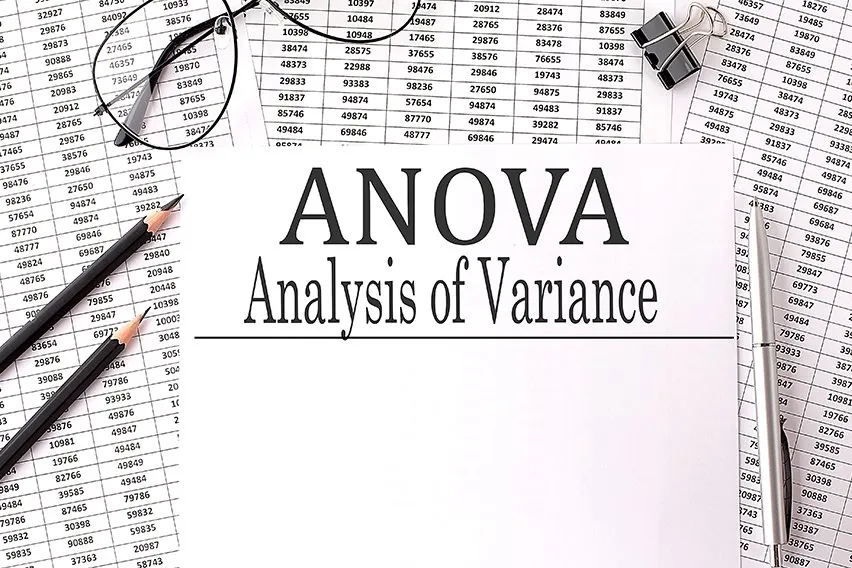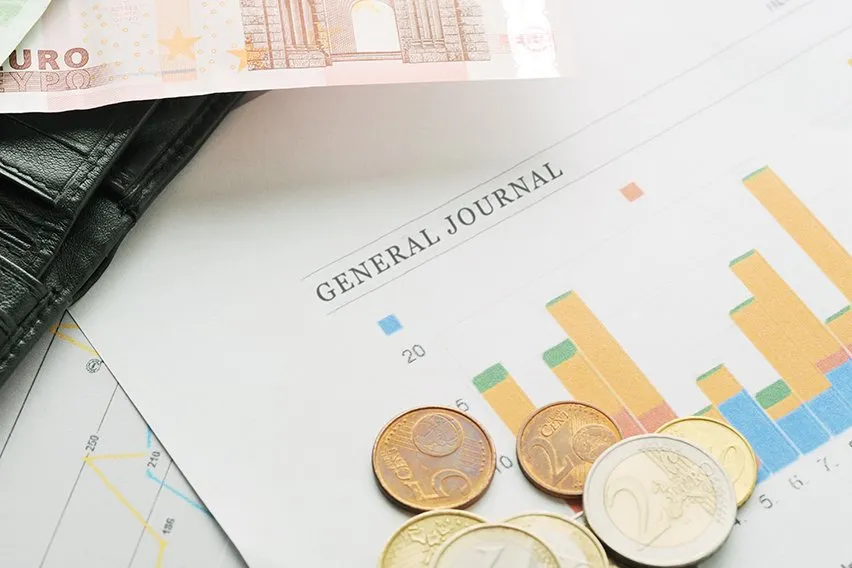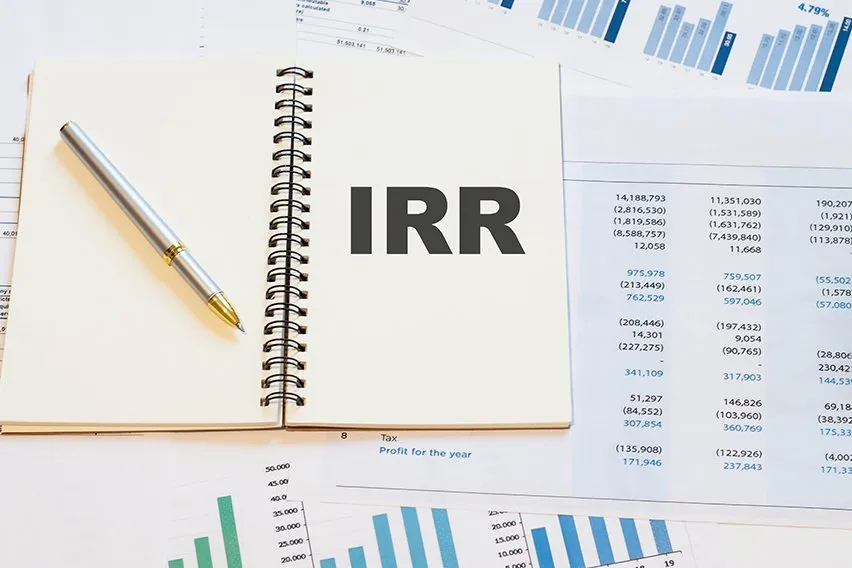What Is Quick Ratio & How to Calculate It? Formula & Example

Financial health is an important part of any business. Understanding liquidity is a big part of understanding a business’s overall standing. When you’re trying to understand your small business’s liquidity, the quick ratio is often used.
What is the quick ratio? We’re glad you asked. In this article, we’ll be covering the quick ratio and how to calculate it. Keep reading to learn more!
Here’s What We’ll Cover:
Frequently Asked Questions About the Quick Ratio
What is the Quick Ratio?
The quick ratio is a measure of a company’s short-term liquidity. You may hear it referred to as a company’s short-term solvency as well. It measures how able a company is to meet its short-term obligations using its most liquid assets. Liquid assets may be referred to as current assets. They can be quickly turned into cash, when need be. Short-term financial obligations are any expenses that should be paid within a year. They may be referred to as current liabilities, as well.
By comparing a company’s liquid assets and current liabilities, it can be determined how healthy a company is. The quick ratio is considered to be normal when the result is 1. A result of 1 indicates that the company has exactly what it needs to pay off its short-term liabilities. Anything less than 1 means that the company is underperforming. Anything higher than 1 shows that a company is doing well.
It should be mentioned, though, that the quick ratio is not a clear picture of a company’s short-term financial health. Rather, it should be used in conjunction with other financial statements.

The Quick Ratio Formula
The quick ratio formula can be explained in two different ways. Each formula below is one way of determining the ratio itself. An excellent accounting software can provide the ratio, but knowing the formulas is important.
Quick Ratio = (Cash and Equivalents + Marketable Securities + Accounts Receivable) / Current Liabilities
or
Quick Ratio = (Current Assets – Inventory – Prepaid Expenses) / Current Liabilities
When looking at these formulas, it can be seen that the top one is related to larger companies. The bottom quick ratio formula is more relatable to small businesses.
An Example of the Quick Ratio
When you’re checking a company’s short-term solvency, you’ll have to find the figures listed in the formulas. All of these components can be found on a company’s balance sheet. You can find them under the sections listed current assets and current liabilities. Here’s how to find out if a company can handle its short-term debt.
A small business is looking at its balance sheet. It finds that it has current assets that total about $100,000. However, they currently cannot turn their inventory into cash. The inventory is worth $15,000, and they will be taking a loss on it. They’ve prepaid their rent and utilities for the next 6 months. The total cost of both is $13,000.
When it comes to liabilities, the only outstanding issues are related to business loans. The business has a short-term loan that’s being repaid before the year is up. It amounts to $65,000. Now that we’ve found all of the information from the balance sheet, let’s perform the ratio. Plug your figures into the components, as seen below.
Quick Ratio = ($100,000 – $15,000 – $13,000) / $65,000
Quick Ratio = $72,000 / $65,000
Quick Ratio = 1.11, rounded to the hundredth place
The calculations have shown that the company is considered to be in good short-term health. The picture of liquidity indicates that the value of every liquid asset they have outweighs their debts.
Problems with the Quick Ratio
When it comes to a measure of liquidity, the quick liquidity ratio is a bit limited in its scope. Business liquidity has more to do with all outstanding liabilities than it does the short-term ones. While short-term liabilities are going to affect a company before long-term debts, the long-term debts still exist.
The same can be said of a company’s long-term assets. Long-term investments, property, and equipment may be worth more than a company’s total debts. This is why the quick ratio has to be reviewed with other financial benchmarks. It may be an accurate measure of all things short-term, but not much else.

Frequently Asked Questions About the Quick Ratio
What assets are considered “quick”?
Any assets that can be turned into cash are considered to be quick. This includes cash, cash equivalents, and marketable securities. All other assets are not considered quick.
Which is better, the quick ratio or the current ratio?
The quick ratio and the current ratio provide a similar measurement of liquidity. However, the quick ratio is considered a conservative measure. This is true due to the exclusion of inventory and other current assets. These are considered to be harder to turn into cash. The current ratio includes them, making it a liberal measure of liquidity.
What if a company’s quick ratio indicates it isn’t liquid?
This leads to a “liquidity crisis”. When this occurs, companies may liquidate assets in desperation. They do so to meet their short-term financial obligations.
Key Takeaways
The quick ratio is a way of looking at a company’s liquidity. It only considers “quick” assets, though. These assets are a company’s cash and cash equivalents. Overall, the quick ratio provides a measure of how liquid a company is in the short-term. It’s a conservative view of the measurement, especially when compared to ratios like the current ratio.
If you’re looking for more financial articles like this, check out our resource hub! We have plenty of information for industry enthusiasts and professionals alike.
RELATED ARTICLES

 4 Types of Depreciation Methods & Its Formula
4 Types of Depreciation Methods & Its Formula The Definitive Guide to Variance Analysis for Businesses
The Definitive Guide to Variance Analysis for Businesses 5 Best Asset Management Software
5 Best Asset Management Software General Journal: Definition, Examples & Format
General Journal: Definition, Examples & Format What Is Leverage Ratio & How to Calculate It?
What Is Leverage Ratio & How to Calculate It? Internal Rate of Return (IRR): Definition & Formula Guide
Internal Rate of Return (IRR): Definition & Formula Guide